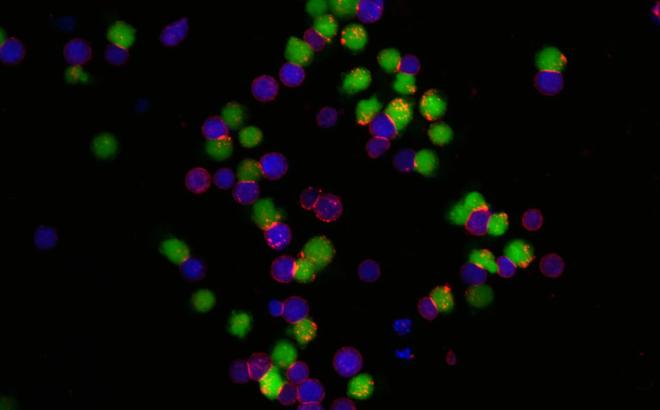Equal Treatment For All? Women With Severe Native Valvular Heart Disease Less Likely to be Treated in Accordance With Guidelines Than Men
In Europe, incidences of severe native valvular heart disease (VHD) and their treatment vary between men and women.
This is the key finding of a comprehensive study conducted at more than 200 centres across Europe. Although numerous studies have reported on sex-specific differences in the treatment of heart attacks, very little data has been collected so far in relation to heart valve diseases. The findings of the latest study reveal that in the case of specific types of VHD, women are less likely than men to be treated in accordance with the recommendations applicable in Europe. In addition, the reasons for the failure to provide such treatment are different for men and women. Prof. Julia Mascherbauer, the corresponding author of the study, is a physician at Karl Landsteiner University of Health Sciences (KL Krems).
The incidence of severe native valvular heart disease is increasing rapidly as life expectancy in Europe continues to rise. At the same time, the treatment options available for VHD have improved significantly over the past few decades, which has mainly contributed to the introduction of new, minimally invasive forms of treatment. However, very little research has been conducted into sex-specific variations regarding the diagnosis and treatment of VHD. A new study has now addressed this situation: based on extensive data collected by the European Society of Cardiology (ESC), the study analysed sex-specific disparities in connection with the type of heart valve disease, the treatment administered, as well as reasons for the failure to provide treatment to female and male patients throughout Europe. In light of their significance, the findings were published in the Fast Track section of the European Heart Journal.
A matter of the heart for men and women
“We identified clear distinctions between men and women,” explained Prof. Julia Mascherbauer, head of the Department of Internal Medicine 3 at St Pölten University Hospital (a KL Krems teaching and research centre) and corresponding author of the study. “Women were 2.5 years older on average than men at the time their valvular heart disease was diagnosed, and they also presented with more symptoms.”
Focused on over 5,200 patients at 208 centres in Europe (and North Africa), the study found that aortic stenosis (narrowing of the aortic valve) was the most common condition treated in both sexes, while the second most common was mitral regurgitation (dysfunction of the heart valve between the left atrium and the left ventricle).
Unequal treatment
Evaluation of the data uncovered further, previously unknown differences, as Prof. Mascherbauer pointed out: “When we looked at the specific interventions carried out for treatment purposes, we found key differences between the sexes. On the whole, the procedure recommended under the applicable guidelines was performed significantly less frequently on women. This difference was primarily due to the lower number of mitral valve interventions carried out on women.” One possible reason for this was the average age of the female patients at the time of diagnosis – 71.5 years, which was 2.5 years higher than the average for male patients. However, the reasons why the recommended procedures were carried out less frequently on women than men also included female patients’ refusal to have the operation, as well as improvements in their symptoms following drug treatment. Nevertheless, there was no difference in six-month survival rates between the sexes.
The extensive international study was carried out by researchers from Austria, France, Italy, the Netherlands and Spain. It was based on data from the European Society of Cardiology’s 2017 ESC-EORP Valvular Heart Disease II survey. Data collection was aimed at identifying the level of compliance with the treatment recommendations for severe native VHD. Prof. Mascherbauer and her team evaluated the data in terms of sex-related differences. “It is important to highlight differences between men and women in relation to diagnosis and therapy, which we are often unaware of, in order to ensure optimum treatment irrespective of sex,” Prof. Mascherbauer concluded.
Original publication: Sex-related differences in severe native valvular heart disease: the ESC-EORP Valvular Heart Disease II survey. J. Mascherbauer, A. Kammerlander, C. Nitsche, J. Bax, V. Delgado, A. Evangelista, C. Laroche, A. Pietro Maggioni, J. Magne, A. Vahanian, B Iung, EORP VHD II Registry Investigators Group. European Heart Journal (2024),00 1-16, ehae523. https://kris.kl.ac.at/en/publications/sex-related-differences-in-severe-native-valvular-heart-disease-t




